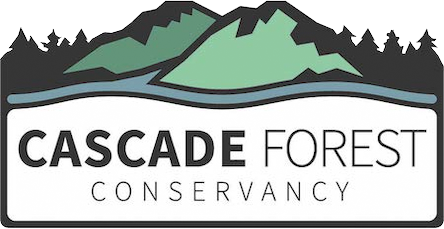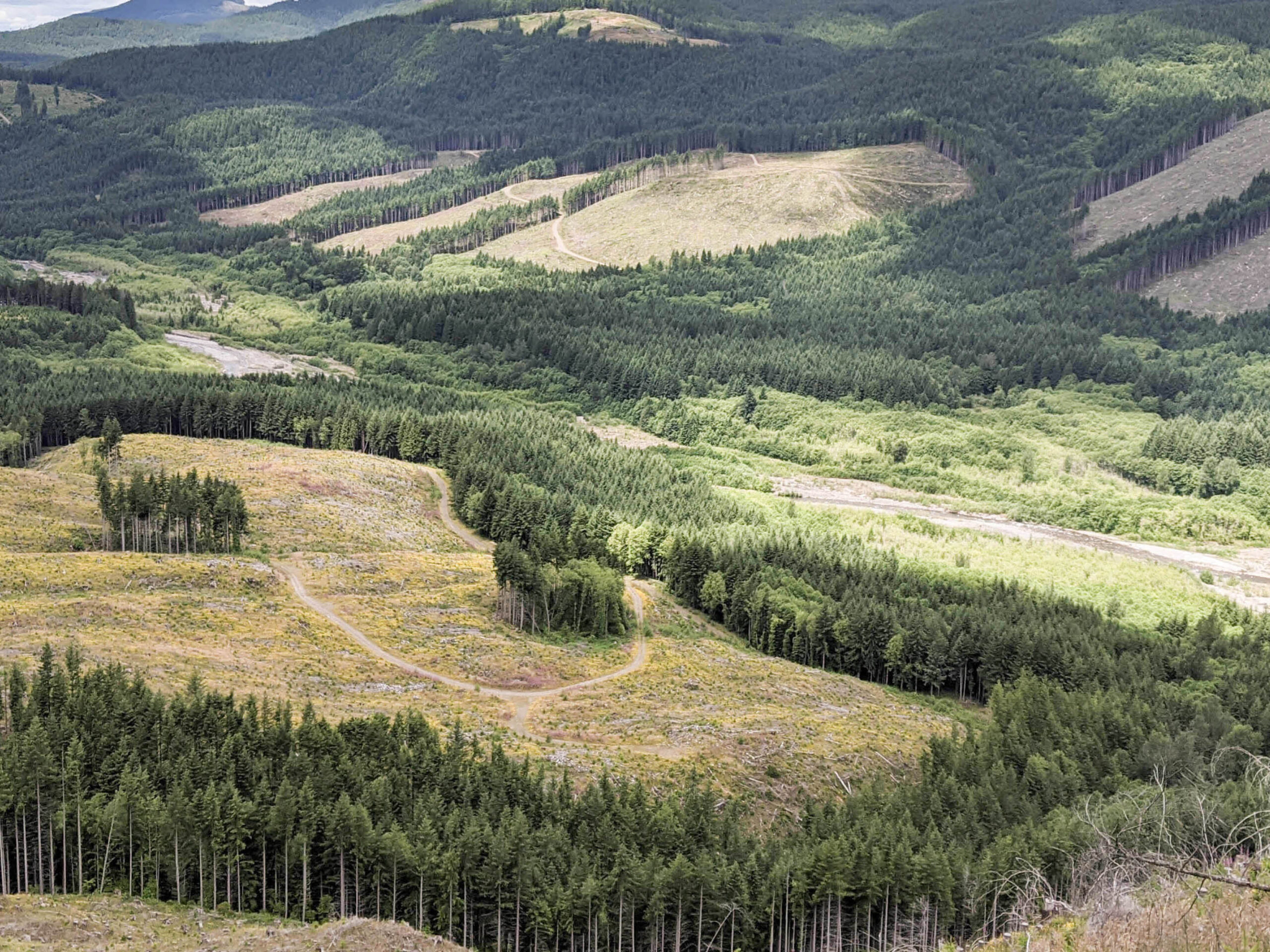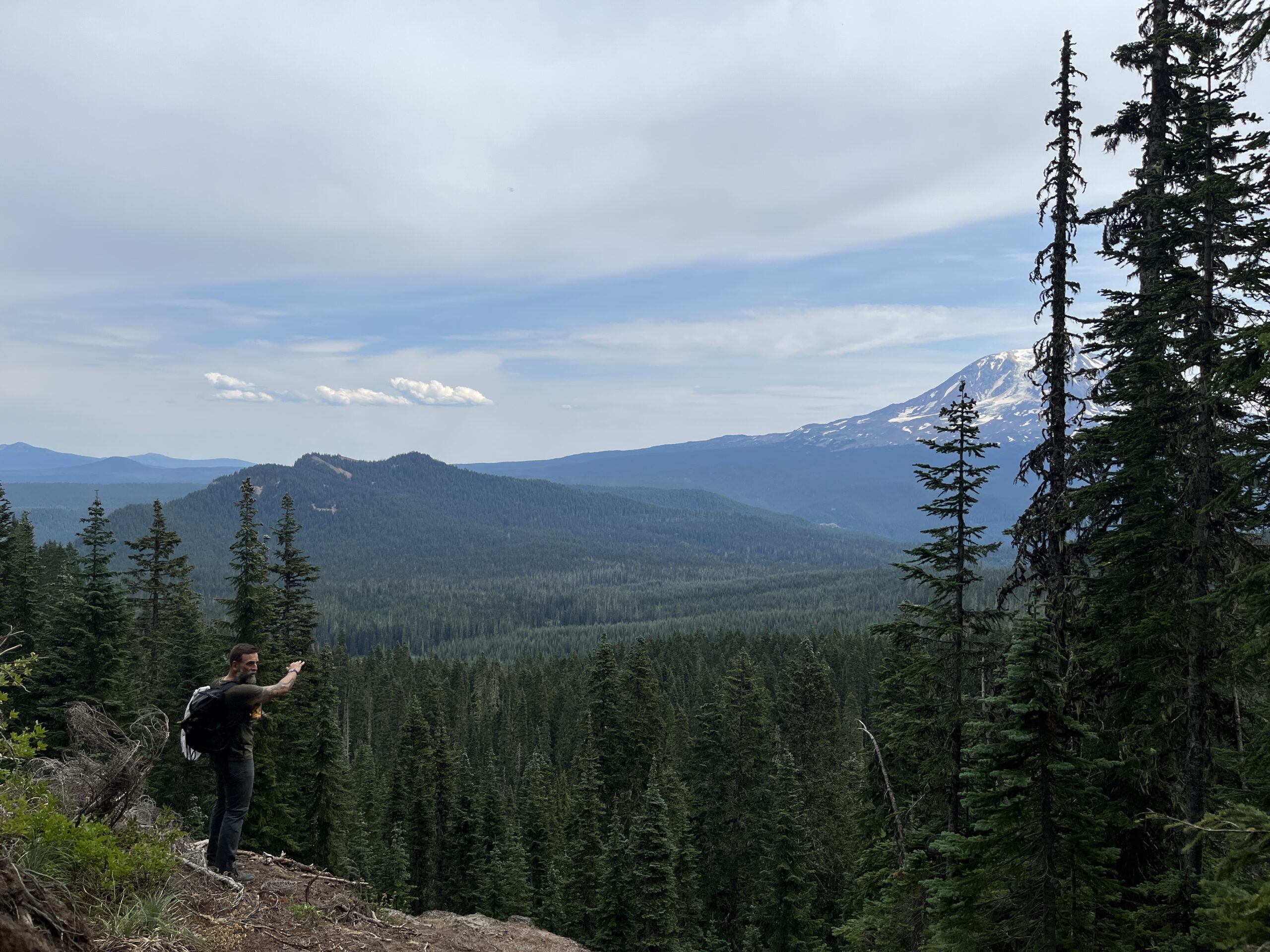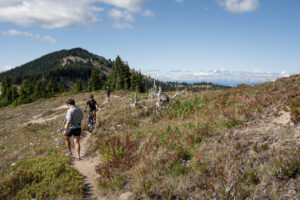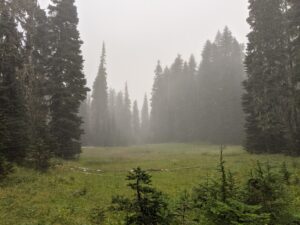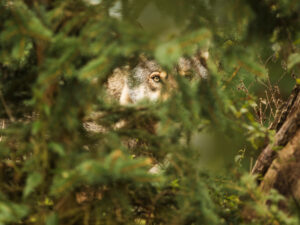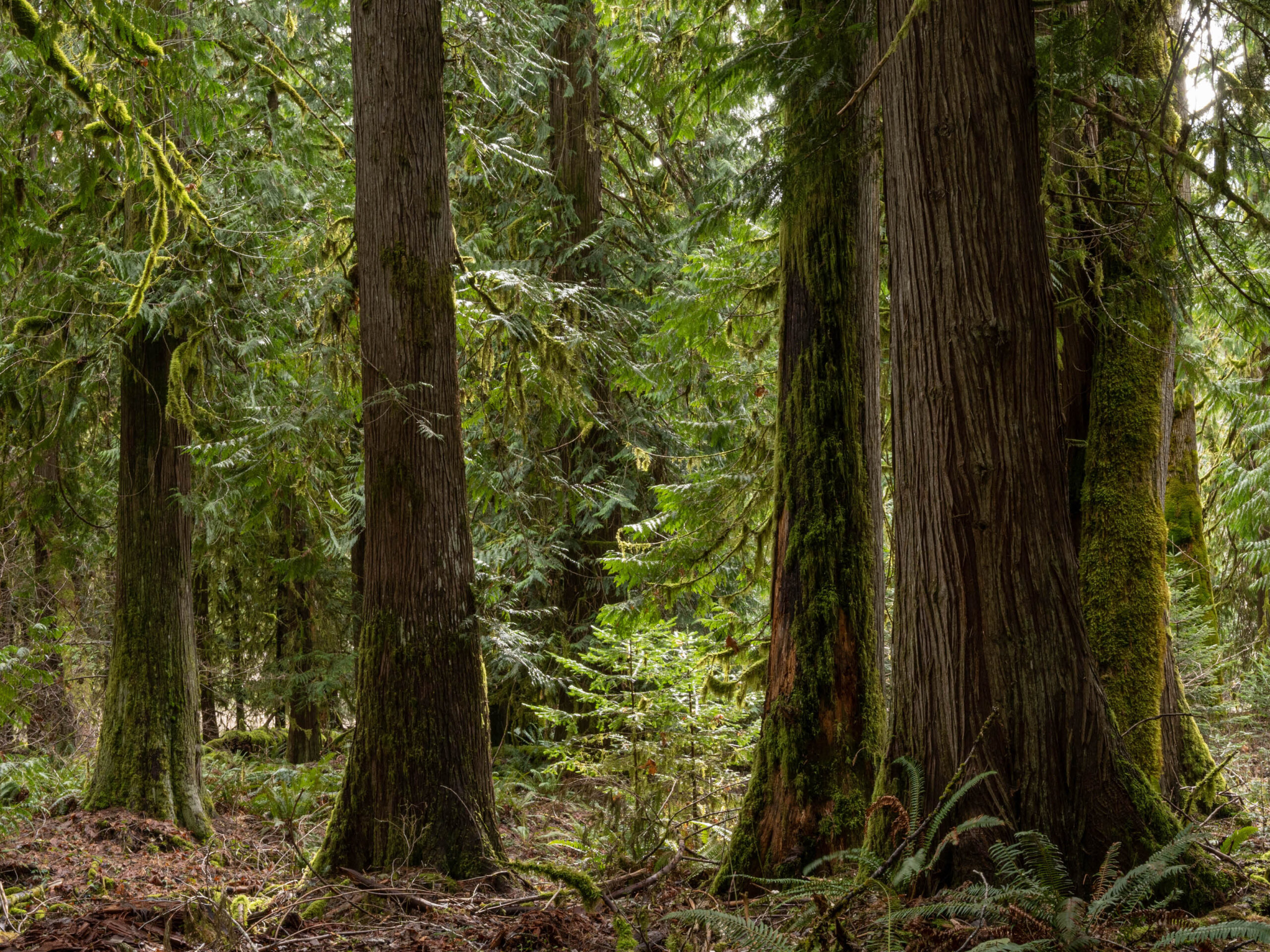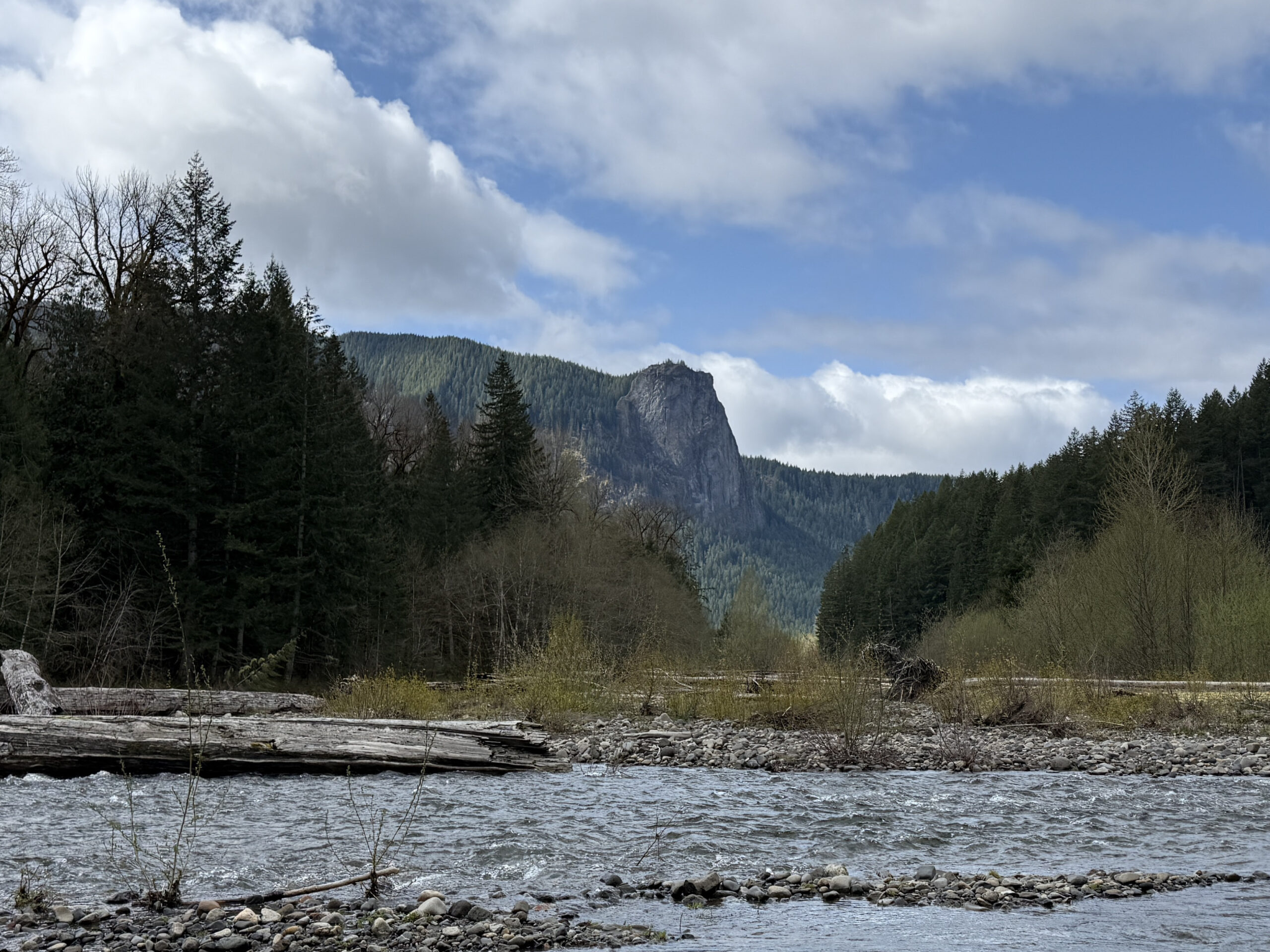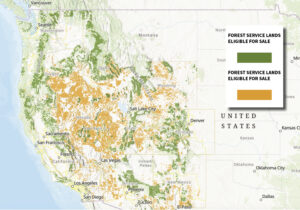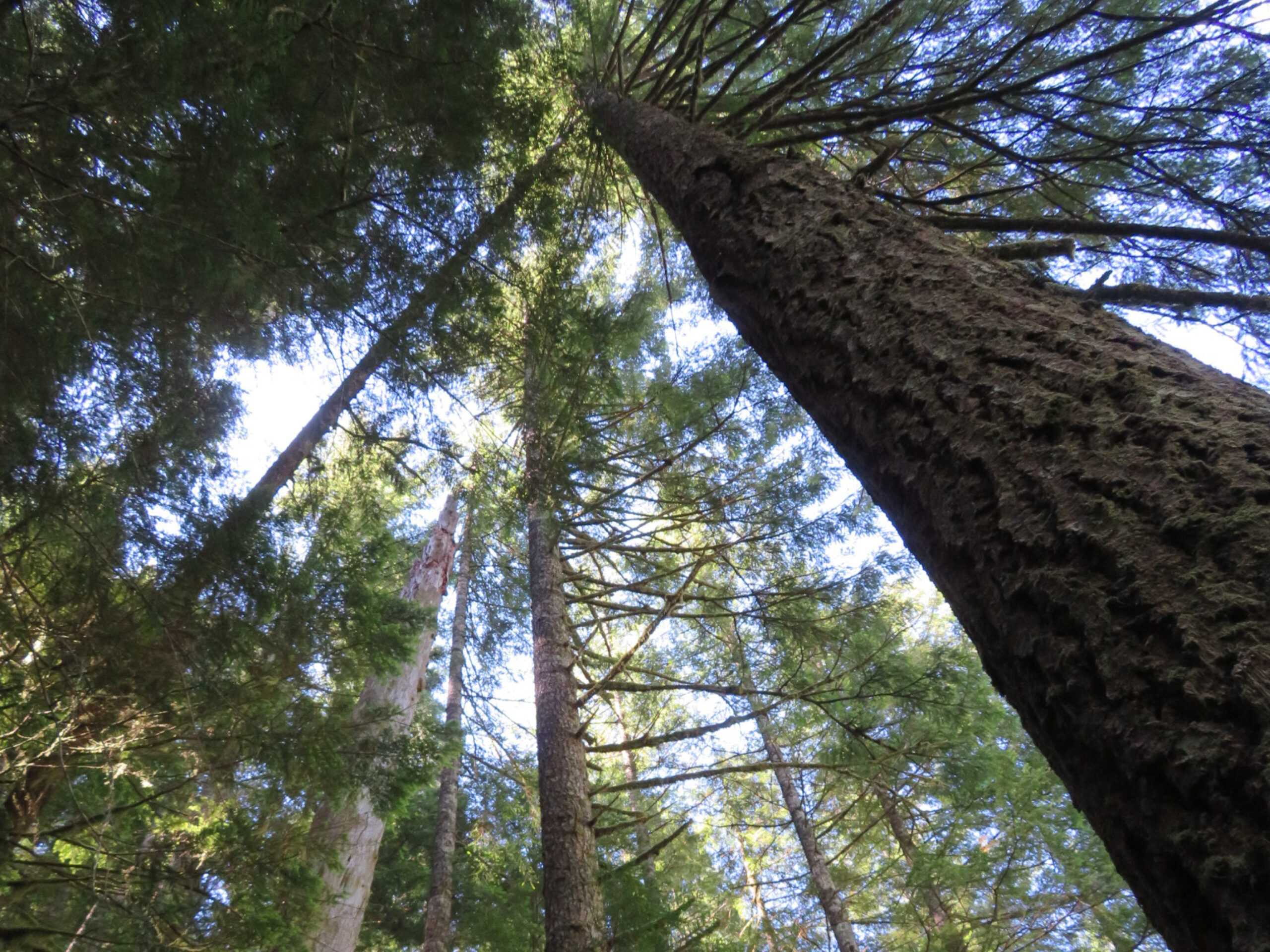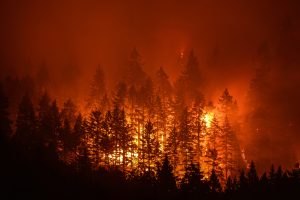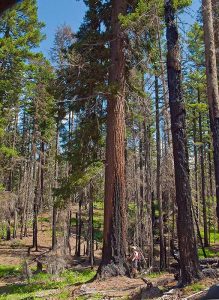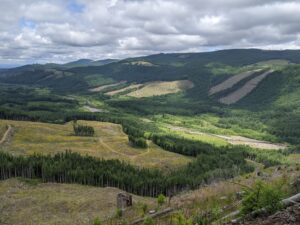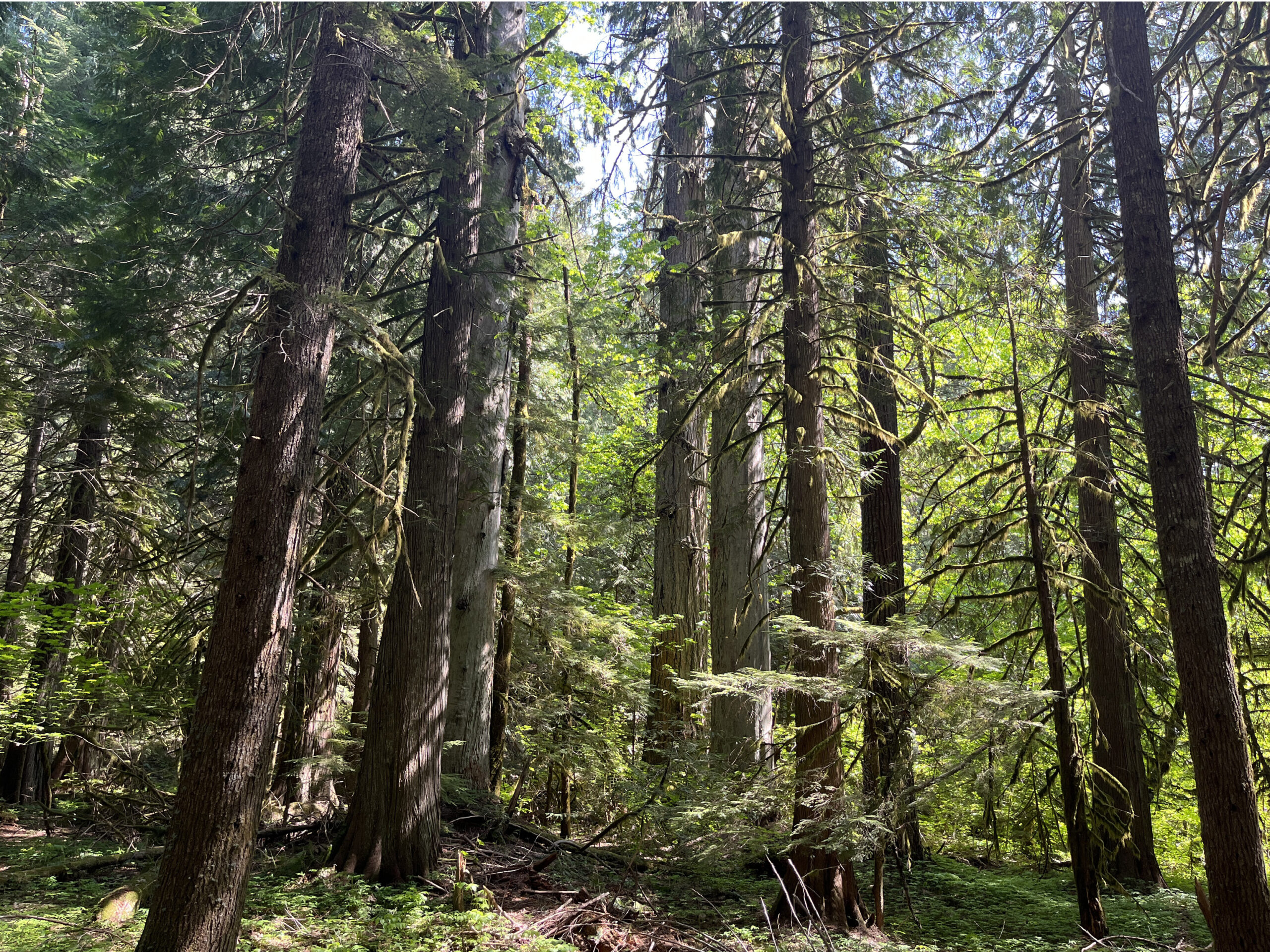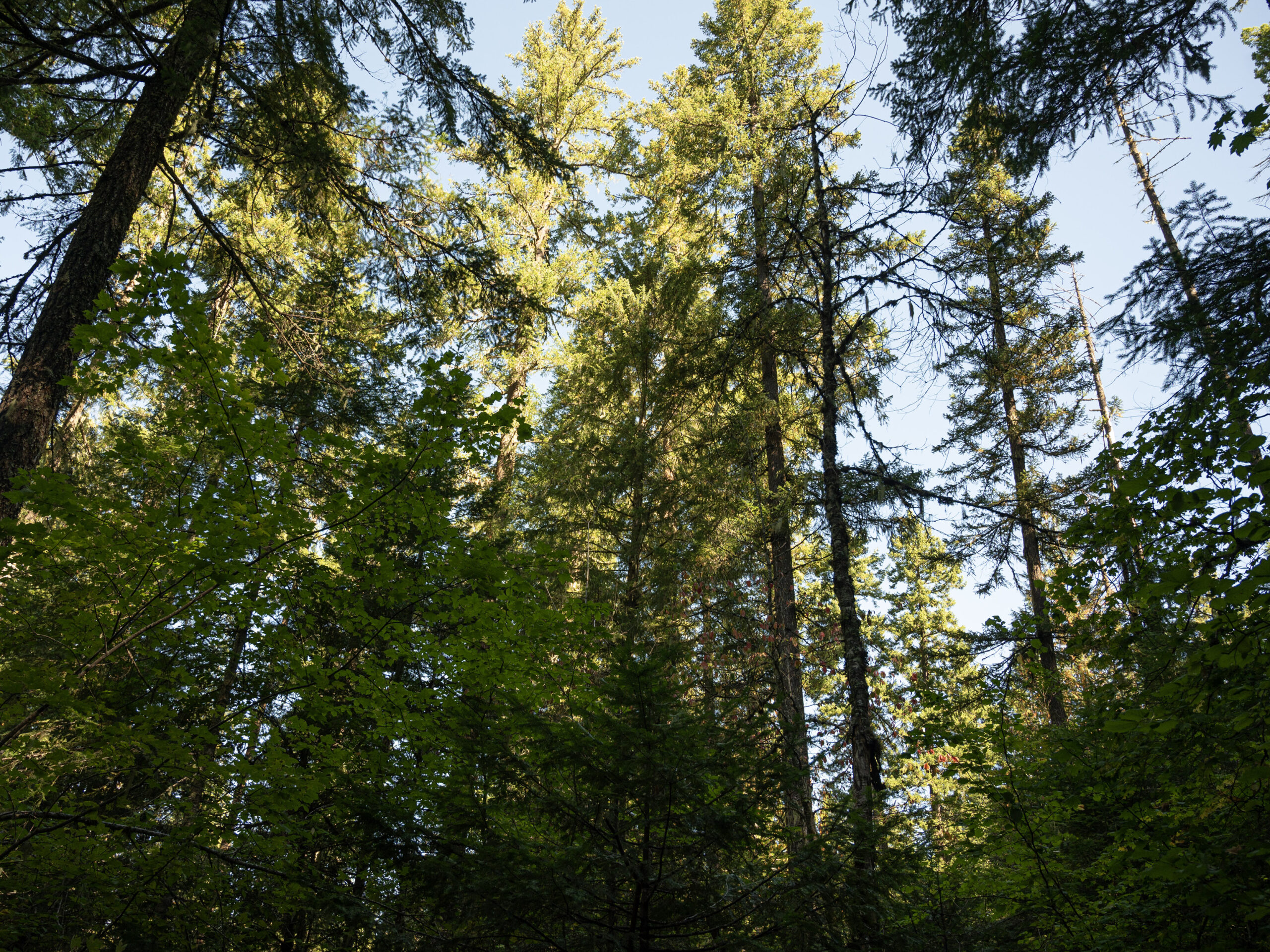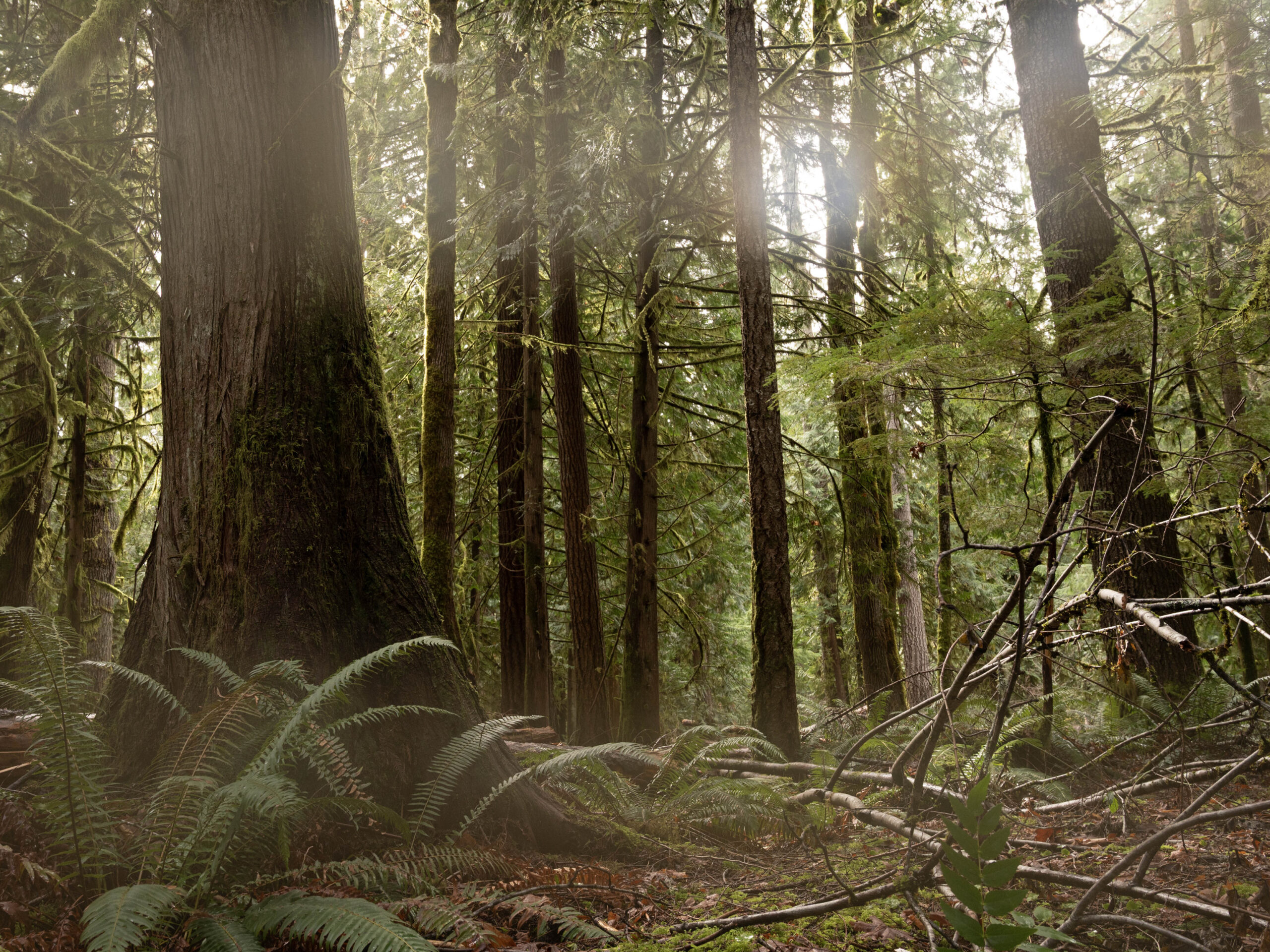The Trump administration is working to reverse the 2001 Roadless Rule that currently protects large areas of intact wildlife habitat from commercial development. The rule is an essential tool for preserving biodiversity and access to unique backcountry recreation opportunities.
Reversing the Roadless Rule would allow logging and mining in some of the last protected landscapes in the southern Washington Cascades and throughout the country. And the new forest roads that would be needed for these types of actions would create their own set of long-lasting impacts.
This is the second post in our two-part series about the Roadless Rule. Here, we offer a deeper look into the history and science of forest roads to better appreciate what is currently at stake.
There are two major things to understand about forest roads. First, there are a lot of them. Second, roads, whatever their condition or level of use, significantly impact the ecosystems they transect.
A BRIEF HISTORY OF FOREST ROADS & THE 2001 ROADLESS RULE
National forests are permeated by webs of roads in various states of use. Early in the history of the national forest system, road construction was a primary focus of the Forest Service. Roads were built anywhere and all over based on the belief that access to remote areas of the forest would allow the agency to improve conditions on the ground. Throughout the 20th century, forest road construction continued at a frenzied pace. As time wore on, roads were increasingly built for (and often by) timber companies.
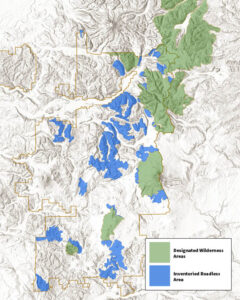
As a result, the Forest Service is now the largest road manager on Earth. The agency is tasked with overseeing a vast transportation network containing a mix of graded and paved thoroughfares, narrow, overgrown, and pot-holed dirt tracks, and everything in between.
In addition to the forest roads you may have used, national forests contain thousands of miles of ghost roads—closed or decommissioned roads that still have a distinct and noticeable presence on the landscape, even after being closed to traffic for years or decades.
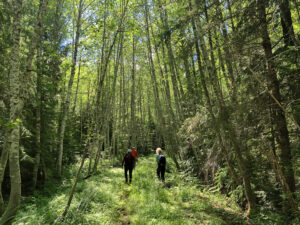
Environmentalists have been raising alarms about the growing road network in formerly remote landscapes since the Forest Service began to build them. In the late 1990s, unable to afford the cost of maintenance on the roads already in use, the agency finally put a pause on new road construction until a solution could be found. After a sustained campaign from environmentalists, the Clinton administration put in place the 2001 Roadless Rule, which practically made the moratorium on road construction permanent in select places that were newly designated as Inventoried Roadless Areas.
THE IMPACTS OF FOREST ROADS AND THE IMPORTANCE OF ROADLESS AREAS
First and foremost, the presence of roads is a necessary precondition for industrial timber harvest and mining operations. The Trump administration’s primary objective in attacking the Roadless Rule is to allow these kinds of extraction activities in some of the few remaining un-roaded areas that have been protected for the past two and a half decades.
However, beyond the extractive activities they enable, the mere presence of forest roads noticeably alters the ecology of landscapes where they are found.
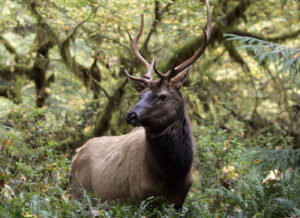
The impacts of forest roads on wildlife and habitat connectivity: Studies have demonstrated that wildlife species wary of hunters and/or noise from motor vehicles, including elk, bear, lynx, wolverine, and others, will alter their movement patterns, sometimes going far out of their way to avoid crossing or even coming close to forest roads. This is even true for remote forest roads that may not see a driver for days at a time. Large, connected areas of habitat free from roads are critically important, and increasingly rare, refuges for these species.
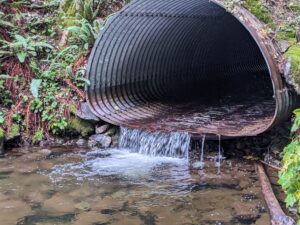
The impacts of forest roads on forest and stream health: In addition to development and extraction, roads bring greater numbers of people to formerly remote places. Most visitors to forests treat these places with care and respect, but some do not. Forest roads are often bordered by stands containing high amounts of litter and invasive plant species—especially when compared to areas of forest without roads. Streams that are crossed by roads are often forced into culverts, polluted, and choked with sediment.
The impacts of forest roads on topography and hydrology: Roads, especially roads across sloped terrain, create significant landslide risk and dramatically disrupt the natural flow and movement of water in forested ecosystems.
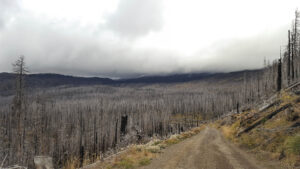
The impacts of forest roads on wildfire risk and severity: Studies have shown that areas with higher densities of roads are at greater risk from wildfires than areas with fewer roads, and that 90% of all wildfires start within 2 km (1.25 miles) of a road. The relationship between roads and fires is influenced by several factors. Most importantly, roads increase the likelihood of human-caused fires resulting from ignition sources like campfires, discarded cigarettes, sparks, and arson.
Road ecology also plays a role in wildfire behavior. Roads can help wildfire crews access remote areas, but the presence of roads often contributes to conditions that make fires worse. Forest roads can create hotter, drier, and windier conditions, with associated impacts extending into the forests. Roadside areas are also often infested with invasive plant species, which can contribute to worse fire conditions.
The importance of roadless areas for human communities and the immeasurable value of backcountry: Landscapes where life is still able to flourish away from roads and other forms of development also impact the well-being of our communities. They’re especially important to the individuals who come to wilderness and roadless areas to study, explore, connect, and find solace in the remote and rare corners of national forests where the world still feels wild.
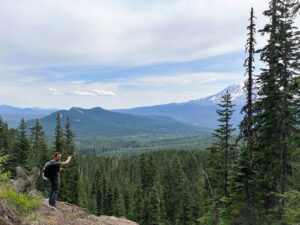
There are a lot of roads on national forest lands, and those roads have major impacts. The continued existence of large areas free from permanent human habitation and industrial extraction matters, but their future is now uncertain. You can help Cascade Forest Conservancy protect these places by joining our email list. Be sure to keep an eye out for the action alerts we’ll send you when it’s time to speak out by submitting comments in defense of the Roadless Rule.
UPDATE: On 8/27, the USDA official began the process to revoke the 2001 Roadless Rule. Speak up for Roadless Areas! Use this form to submit your official comments by September 19.

